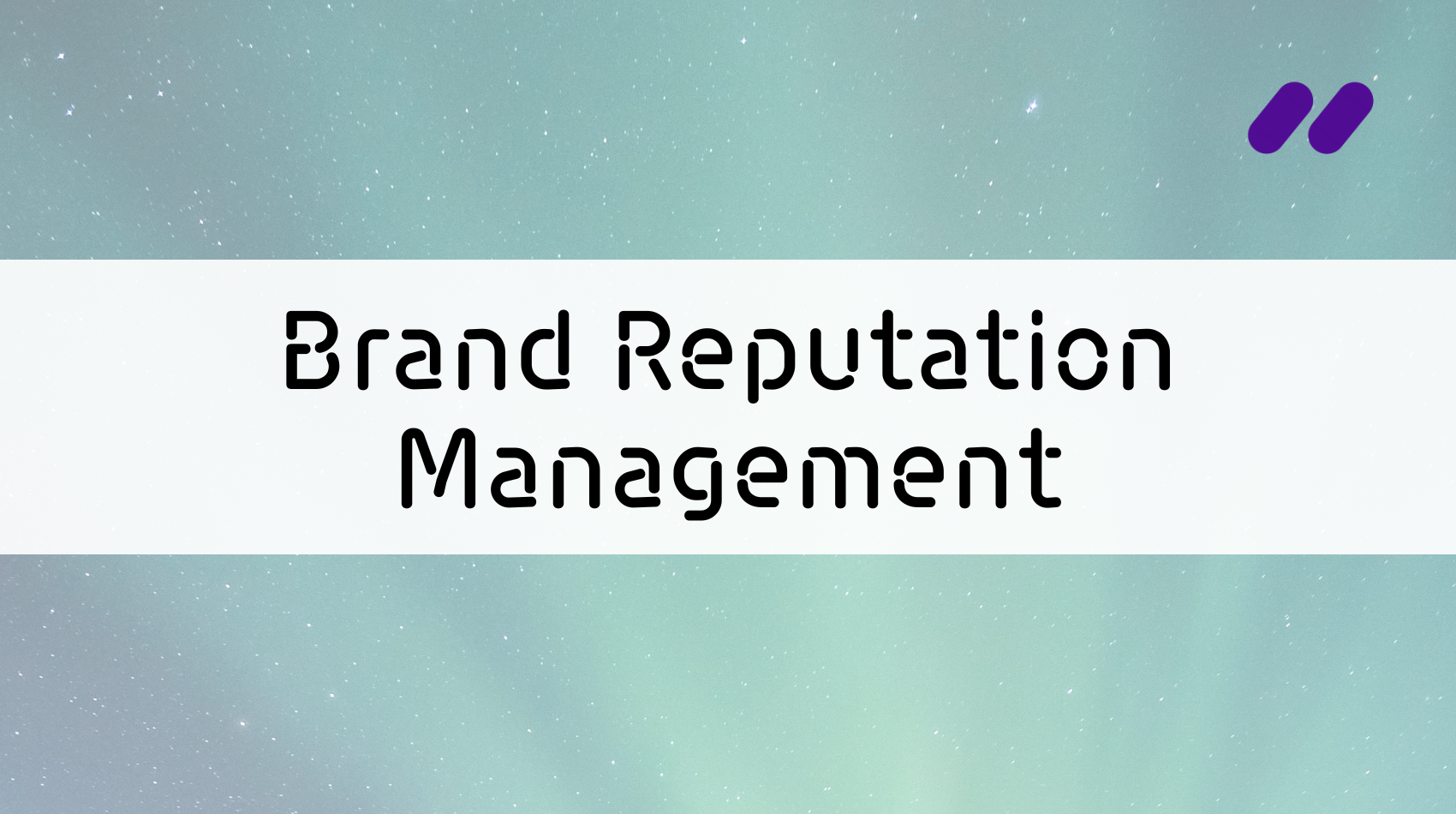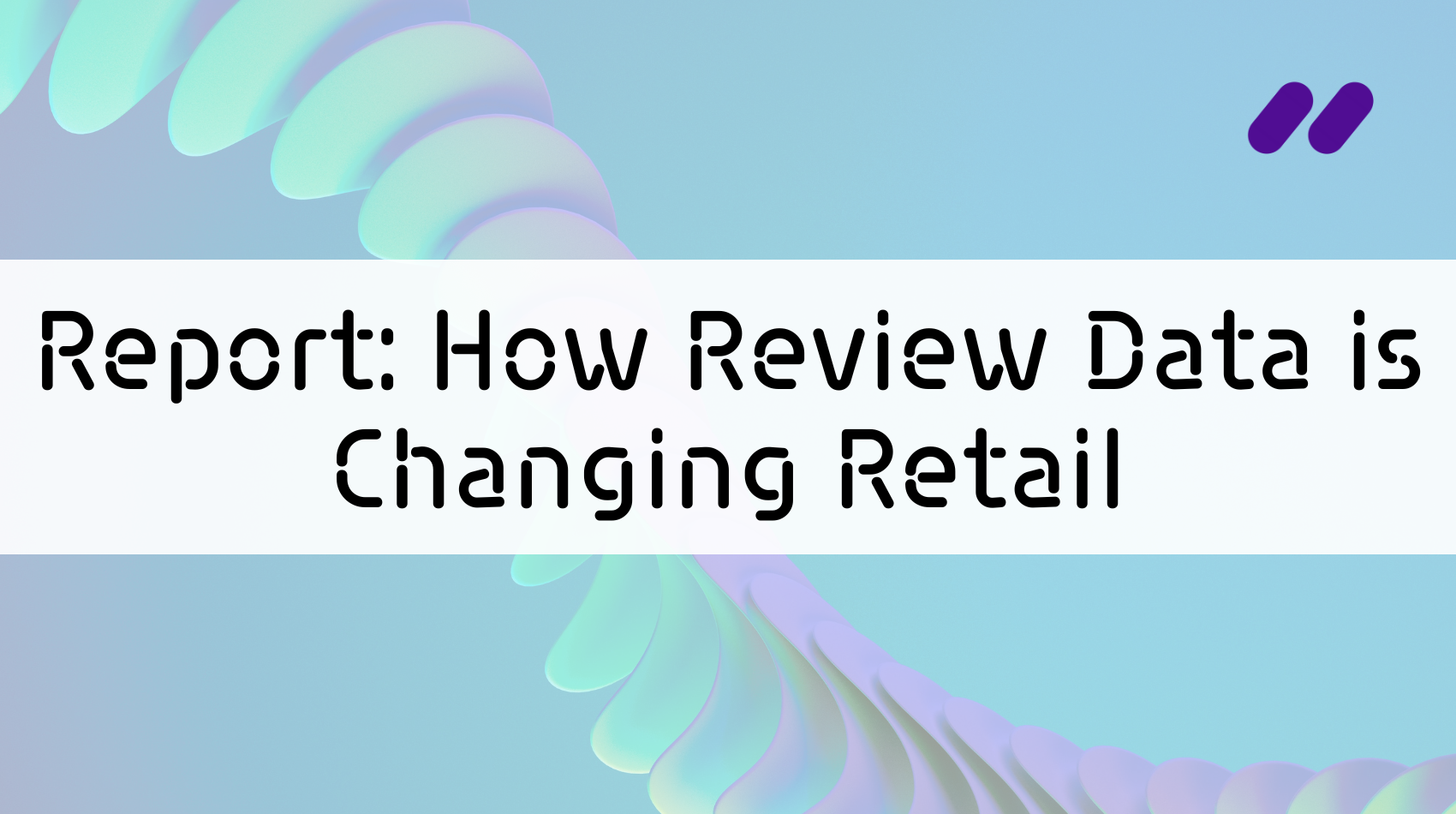Both in the realms of our business and personal lives, reputation depends not just on what people are saying to your face, but what they may be saying about you when you may not be within earshot. While the personal side of things can be difficult—and futile—to control, it’s crucial that businesses today make themselves aware and proactive about ways to get a handle on their reputation with AI-based strategies like customer review analysis.
“Public feedback today appears in so many different forms and on so many different platforms,” says Richard Andrews, a lecturer in public relations and business communications at McGill University’s School of Continuing Studies. “If you’re just sitting there randomly Googling, you’re not going to get a good overall picture.”
Getting ahead of the data with reputation management
You need to have a system where public data is put together, collated and interpreted in a meaningful format.
One way smart organizations today are staying abreast of what can be an overwhelming amount of disparate customer feedback is through data collection, using AI text analytics technology that scans the web and extrapolates relevant information—from review sites to social media platforms, forums and more.
“The importance of responding to public data is that basically, if you don’t get on top of it, you’ll have mixed messages out there guiding markets and niche areas without being aware of what that message is exactly or who is receiving it,” says Andrews. “You need to have some sort of system where the whole thing is put together, collated and interpreted in a meaningful format.”
In collecting all of the public data available about a given company, businesses have greater opportunities to get a meaningful read on how their customers are responding to a given product or service, in ways that weren’t available in decades past.
Those opportunities come with a cost, however. Andrews points to the example of a restaurant critic to illustrate how the process by which perception shaping has shifted. “In the past, you had one reviewer going into a restaurant and would then have the one review published in the paper the next day. Now, what happens is that everybody who goes into that restaurant, if they want to, can post a review,” he says. “It’s become a lot harder to get on top of all those different opinions than it used to be.”
The same holds true for most customer experiences today, which have been fundamentally changed by the proliferation of online media. “In the past, when you had bad service at a store or bought a vacuum cleaner that didn’t work well, you would say, ‘well, I won’t go back there again.’ You might even tell your neighbour,” says Andrews. “Now, you don’t just tell your neighbour—you tell the whole world.”
An opportunity to optimize experience
Businesses can choose a proactive approach to dealing with the spread of customer feedback, or a passive one.
Still, that shift isn’t all bad news for businesses. That exponential multiplication of voices has given organizations an unprecedented vantage point from which to view any holes in their supply chains, weaknesses in their branding efforts, or opportunities to improve their customer experiences.
“If you can use that feedback in a positive way, instead of it just being a list of complaints by disgruntled customers, you have the opportunity to create something new and exciting,” says Andrews, who emphasizes that the critical move for companies who wish to take that proactive approach lies in their follow-through. “What I think is really important is that the organization asking for feedback shows that they are actually responding to it, and doing something about it.”
He offers the example of an Australian bank, whose customers were dissatisfied with the service they were receiving from overseas call centres. The bank responded by switching entirely to Australian call centres.
“Now, when you call up, you speak to someone in Sydney who can respond and work off more than just the play sheet most call centre employees are given,” explains Andrews.
In this instance, the organization listened to what their customer base was saying and adapted their operations in a way that solved the problem. Ultimately, businesses can choose a proactive approach to dealing with the spread of customer feedback, or a passive one. Andrews likens it to a storefront: “companies spend a lot of money on an enticing physical storefront that invites you to come inside and look at the products in detail,” he says. “Digitally, that metaphor stands.”





